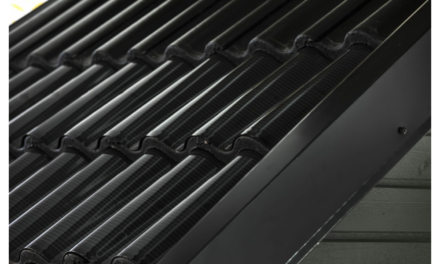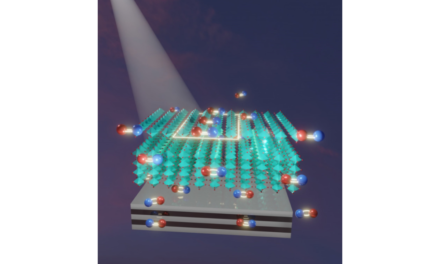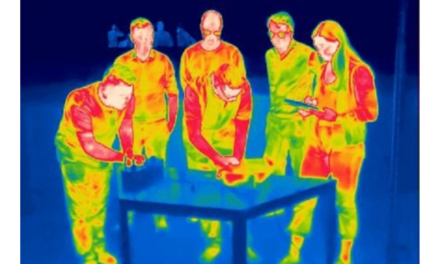- ANU researchers have achieved 22.6% power conversion efficiency 1 cm2 for perovskite solar cells
- They deployed titanium oxynitride to create the perovskite solar cell that also led to a fill factor of more than 86%
- Researchers claim the modelling they used helped overcome an energy loss in one of the layers previously undetected
Researchers at the Australian National University (ANU) have announced achieving a 22.6% power conversion efficiency record for perovskite solar cells, along with a fill factor of more than 86%. They claim that these cells will be easier to manufacture.
For their research, the team headed by Dr Jun Peng used 1 cm2 perovskite solar cells, while deploying standard fabrication techniques that were then applied to a new material called titanium oxynitride which led to the creation of the perovskite solar cell in a ‘unique’ way.
“We’ve also been able to overcome an energy loss in one of the layers that scientists didn’t previous realize was there,” said Professor Kylie Catchpole, Co-author of the study, arguing that the modelling used by the team shows this was a limitation in previous types of solar cells.
“Here we introduce a reverse-doping process to fabricate nitrogen-doped titanium oxide electron transport layers with outstanding charge transport performance. By incorporating this charge transport material into perovskite solar cells, we demonstrate 1 cm2 cells with fill factors of >86%, and an average fill factor of 85.3%. We also report a certified steady-state efficiency of 22.6% for a 1 cm2 cell (23.33% ± 0.58% from a reverse current–voltage scan).”
Perovskite efficiency levels are going up in the laboratory settings, but their commercialization isn’t taking really off because of expensive production process it requires, according to the scientists.
ANU’s research team believes this efficiency improvement along with the method used can help take perovskites to commercialization. Explaining that while commercialization won’t happen without high efficiency, it is important to work on a cheap process as well as Catchpole added, “This is an approach that definitely combines those two elements in a way that’s different to how it’s been achieved previously.”
In 2019, ANU researchers announced a new record efficiency of 21.6% claiming it to be the highest at that time.
Findings of the study were published in scientific journal Nature on January 26, 2022 under the title Centimetre-scale perovskite solar cells with fill factors of more than 86%.















